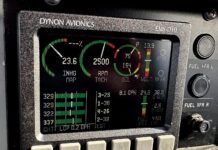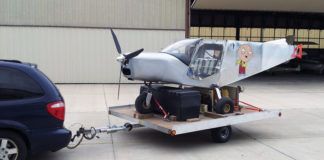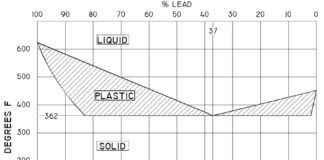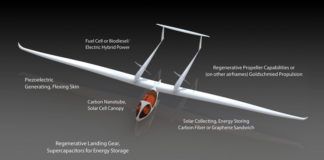Gallons of ink have been dedicated—with only minor effect—to figuring out what it is that joins pilots together. But clearly there’s something in the air because pilots of every distinction display an inherent magnetism to their own kind, an ability to ferret one another out from the otherwise sameness of the greater social stream. Furthermore, in a rare case of interspecies mingling, once identified, we pilots apparently communicate natively regardless of the hour and rating disparity among the communicants.
And it was so just a few weeks back when I found myself chewing the tail off the windsock in a neighbor’s hangar. Unlike myself, this fellow is a professional pilot, a helicopter jockey for Uncle Sam. His job description includes turbines, FLIRs and gimbal-mounted rotary cannons on tandem-seat helicopters, so old biplane pilots can only listen and learn on that account. On the other hand he also owns a Lancair 360, so there’s something a little more in common there.
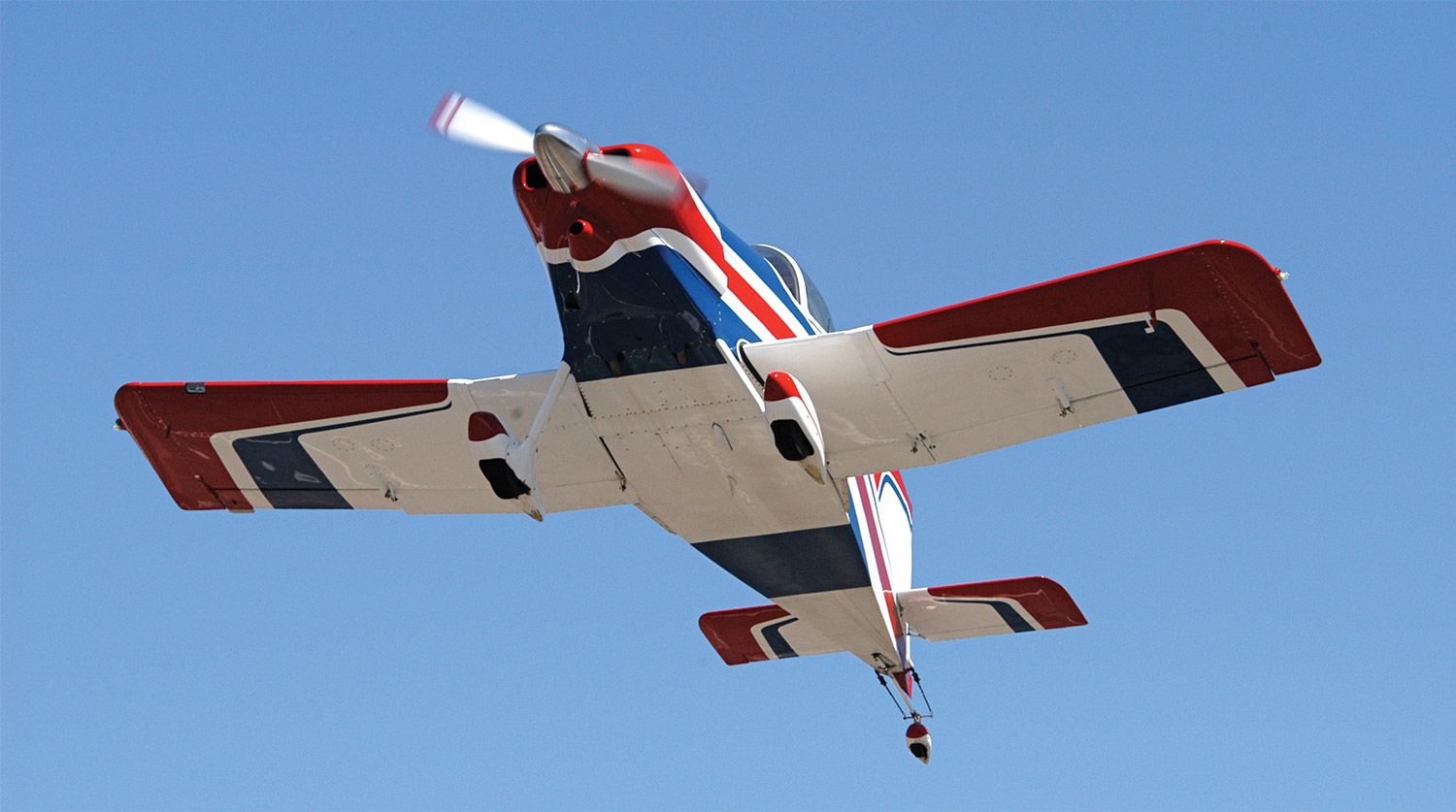
As it typically does, the subject eventually turned to landings. And I was a bit surprised when discussing a recent Lancair approach gone a bit off the rails that this pro said, “I’m not afraid to admit to going around.” Well, yeah, of course. Everybody goes around, right?
As a reform-minded egotist I often delude myself into thinking I too am sufficiently saintly to admit one of my faux pas, especially if no one was watching. But I get it. After all that training and practice, pro pilots flying near daily probably see an unforced go-around as an abject failure on their part, but not me. Good Lord, what can be more different than landing a 7-ton helicopter all week, then greasing a wingless wonder such as the Lancair onto a 2180-foot runway on Sunday? Talk about different worlds…the occasional go-around is to be expected and, more to my thinking, such maneuvers are a welcome display of intelligence and experience at work. It sure beats trucking your pride and joy out of a bean field for a year of repairs.
On top of being smart, a well-executed go-around is not the simplest piloting. For one thing many of us don’t do them that often, so it’s all too easy to forget parts of the procedure or what order to do them in. It’s asking a bit much of any human to correctly recall a multistep process under duress when they haven’t practiced or likely even tried to recall the steps in years.
If not performing all of the procedure or incorrect order is part of the problem, so is rushing through those parts we do remember. I tend to hammer the throttle forward when I finally admit my choices are either trees or running off the end of the runway into that bean field. So motivated, it’s a surprise I don’t break the throttle lever off while the ’ol six banger takes in a big gulp of air followed by a gasp as the fuel system tries to keep up. A slightly less energetic throttle application would apply more thrust sooner, or at least would be easier on the engine. And as the whole point is to be able to reuse the engine, along with the remainder of the airplane plus one’s body, a bit of finesse is a good thing.
A major reason I’m so eager with the throttle is it seems the go-arounds I make are last-second affairs. If someone pulls out onto the runway while you’re on final, there’s typically not a lot of critical timing involved. You can immediately comprehend the situation, take a reflective second to figure out where to aim your airplane in anticipation of the inevitable sharing of airspace with the guy taking off, and then fiddle with knobs, levers and the stick as you go from gliding to climbing. Even if you forget and leave the carb heat applied or the flaps hanging out 20°, there’s time to rectify those oversights when you double-check your situation immediately after your initial response. But that’s not my typical go-around.
More likely I find myself blasting away with the loud lever while attempting to salvage a landing gone high and right. This leads to dribbling down the runway like a runaway basketball while the crosswind scoops everything into Tilt-A-Whirl mode. About when I find the flight controls boxed in opposite corners as I chase wobbly wings and a porpoising nose, the concept that if I just gave it full throttle, let it straighten itself out and take it around for another try rises to prominence. By then time is more critical. It’s best to have the go-around response pretty automatic under these conditions as pushing when you should be pulling, or trying to climb with partial power (carb heat) or high drag (flaps) is less forgiving when you’re starting pretty much from the ground to begin with.
Let’s also observe my near habitual operation off a shorter runway has reinforced the go-around as a smart option and might be one reason I’ll take that option sooner than other flyboys. To continue with our botch-and-bounce scenario, it may not be textbook, but who reading this hasn’t collected an errant airplane with a shot of power and stabilized controls, then carefully took the power off and settled into a nice touchdown? It works if you’re flying the majority of modest-performance airplanes on a 5000-foot runway and initially fouled things up reasonably close to the approach end. But it’s not the go-to response at shorter strips.
Another factor is control layout. If you always fly the same airplane then the cockpit could have been laid out by The Three Stooges and it shouldn’t matter much as you’ll be native on where to reach for the flap switch and such. But if you move among airplanes, it’s amazing what creatures of habit we are and where you’ll reach in near panic. Find yourself staring at the gas truck rapidly filling your windshield, and you’ll end up going for the throttle in the airplane you trained in decades ago rather than the one you built last year and are flying that instant.
Furthermore, if you do subscribe to a panel layout from Larry, Curly and Moe, designers extraordinaire, then sell the airplane, what about the next guy? I’ve got one of those planes. The throttle is on the left cockpit side. The prop vernier is in the left corner of the panel, the mixture on a center console by my left calf, the elevator trim by my right calf, the turbo control (used to be) under the pilot’s seat(!), the tachometer is in the right armrest under my elbow, and thank God the airplane doesn’t have flaps, either wing or cowl. After around 600 hours it’s pretty familiar, but I’m lost in the typical RV.
And so, for my two cents, given the type of flying we do and the airplanes we do it in, well-executed go-arounds are a thing of beauty. They may be children of necessity, born of human imprecision, but I sure don’t mind admitting to doing them as often as necessary. And if building a new bird, I’d stick to a more or less conventional cockpit layout if possible.








